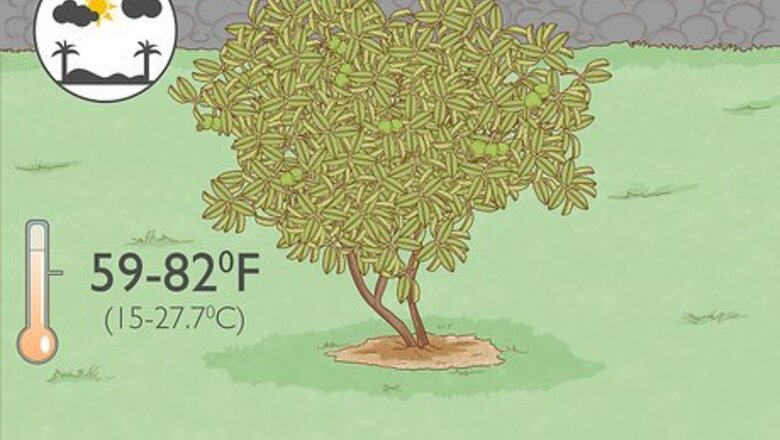
views
Choosing a Planting Location
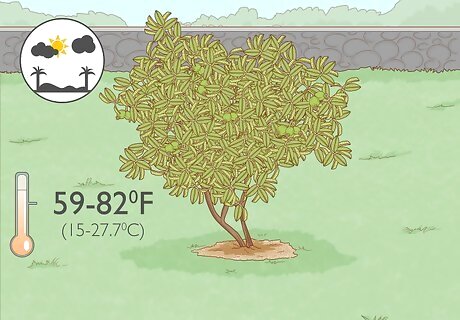
Grow guava trees in a tropical or subtropical environment. Guava trees thrive in areas where the summers are warm, and the winters are cool. Normal outside temperatures should be between 59 °F (15 °C) and 82 °F (28 °C). You can ask your local nursery about whether or not your current location is good for growing. Temperatures below 59 °F (15 °C) can make your fruit's quality inferior.
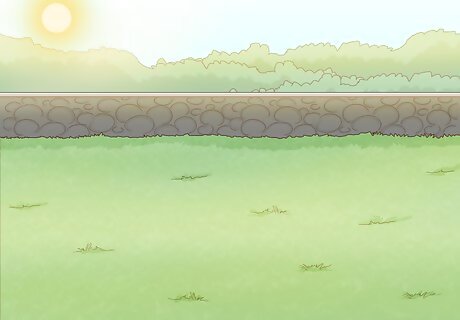
Select a well sunlit spot. Make sure the spot receives at least 6 to 8 hours of sun daily. You’ll want to keep your tree out of the shade, so find a place where your house and other objects won’t cast a shadow throughout the day. Make sure the spot is in open space so the top of your tree doesn't collide with anything.
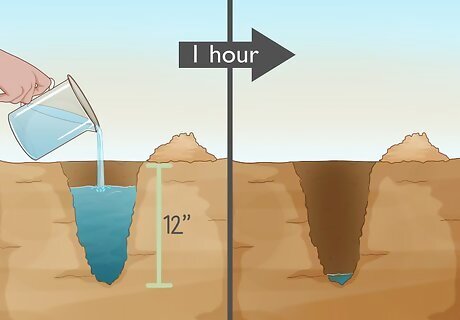
Find moist, well-drained soil. Guava works in a wide variety of soils so long as the soil has good internal and external drainage. This just means soil that allows water to pass through it easily. To check for this kind of soil, dig a 1 foot (0.30 m) hole and pour a little water into it. If the water disappears in only a few minutes, it’s good soil. If it continues to sit, then you’ll need to find another location. You should avoid shallow soil and compact, layered soil. This will make it difficult for your roots to stretch. If your soil is hard and compact, you can add compost to help it reach the correct conditions. Dig down 2 feet (0.61 m) deep and work the composite into the soil.
Planting Your Guava Tree
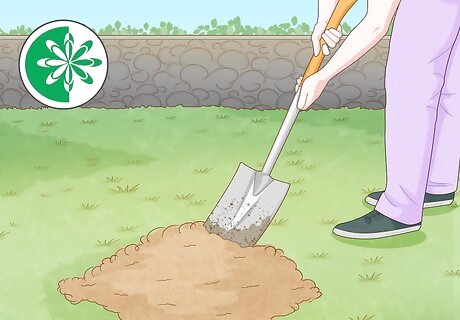
Plan to plant during the spring season. This will be around late March. The conditions of spring weather make it the perfect time to plant anything, including guava trees. During the spring, the soil will be easier to break and dig into, rain will help water the plants, and the sun will be out enough to give your tree the necessary light it needs.
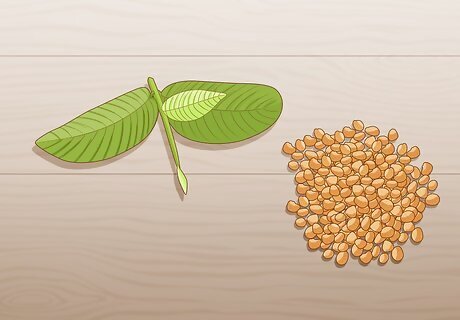
Pick whether you’re going to plant by cutting or seed. The process of growing from either is roughly the same. However, while it’s more common to plant guava trees by seed, cuttings are actually more optimal. Cuttings yield more fruit and fruit of better quality when compared to seeds, but seeds are cheaper.
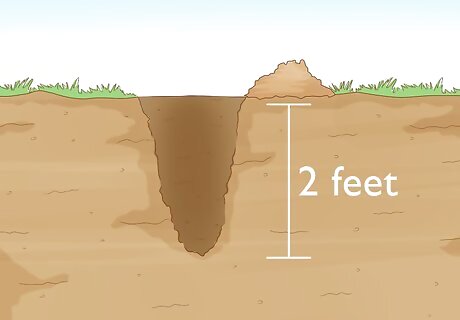
Dig a hole about 2 feet (0.61 m) deep. Remove rocks or other debris you come across while digging. Once you have your hole, loosen the soil a bit at the bottom with the tool you used to dig it. If using a pot, make sure it too is at least 2 feet (0.61 m) feet deep.
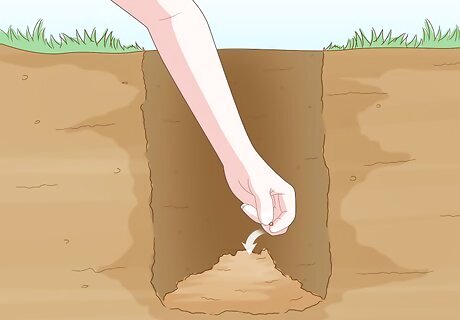
Place your seed or cutting in the hole. Fill the hole to about the length of your index finger to create a mound. For seeds, place them on top of this mound. For cuttings, hold it by the graft line or crown (the part of the plant where the stem meets the roots) and place it on top of the dirt, making sure that the graft line is above ground level. Then spread the roots across the hole. As the added dirt mound is created from already broken soil, it allows new roots to have an easier time penetrating the ground. If you're planting multiple trees, plant them 10 feet (3.0 m) to 12 feet (3.7 m) apart, so they don't cannibalize each other's water source.
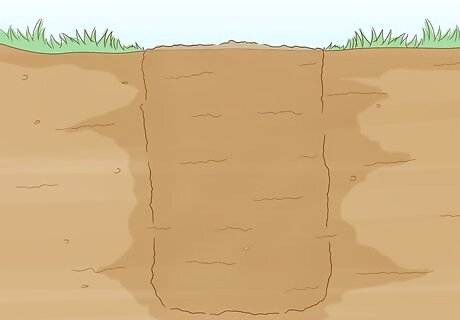
Fill the hole around the tree or seed. Don’t compact the soil after you fill the hole, keep it loose. You want to make sure that your tree has room to spread its roots and grow with little resistance. For cuttings, take care that no roots are above the soil and that the graft line is. Cut off any roots above the graft line if necessary. Get low to the ground to make sure your cuttings are completely vertical once planted. Mark where you’ve placed seeds with little flags that can be easily removed once the seed has sprouted.
Caring for Your Guava Tree
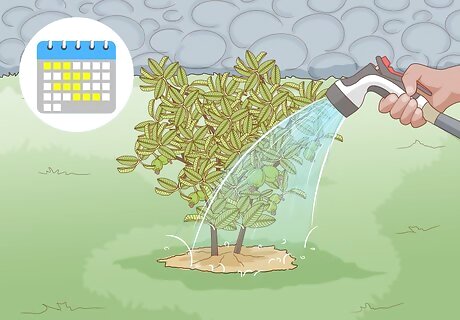
Water your tree. While the tree is young, you should water it 2 to 3 times a week. Once it matures, however, it won’t need as much water so 2 to 3 times a month should suffice. Guava trees are sensitive to waterlogging, so be sure to regulate what you give. Guava trees are mainly rain-fed. Remove any weeds and grass from the tree’s area as a young guava tree cannot compete very well against them for water and nutrients.
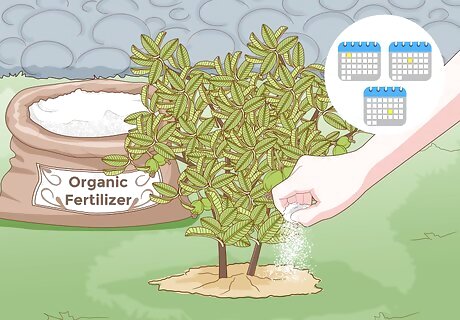
Fertilize the tree once every three months with organic fertilizer. Your tree should be well established before performing this step. Scatter the fertilizer around the tree while making sure not to come in contact with the stem. Once you've done that, water the tree and fertilizer thoroughly. It's preferred that you wait a year before fertilizing your tree.
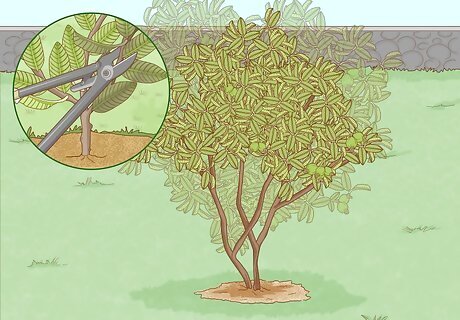
Prune your guava tree to give it a tree shape. You'll want to start pruning around 3 to 4 months after the tree has sprouted. If your tree has multiple trunks, find the middlemost one and cut the others away at their base. Trim up the side branches to keep them around 2 feet (0.61 m) to 3 feet (0.91 m) in length. Cut any branches that sprout from other branches and any dead or damaged branches you find as well.
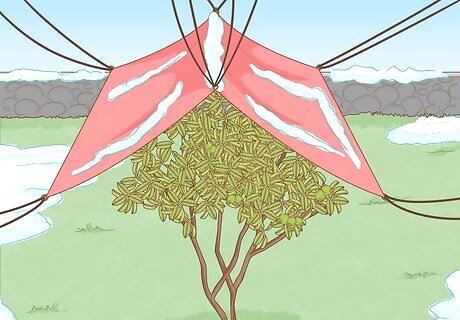
Cover the tree with a tarp during cold winters to protect it from frost. Exposure to extreme cold can severely damage or kill a guava tree. You can use tarps or blankets to protect the top of the tree. You don't need to drape the entire tree, just the top. Anchor the corners of whatever you used to cover the tree to the ground. In addition to this, you can place another heat source below the tree to give it practically complete freeze protection.
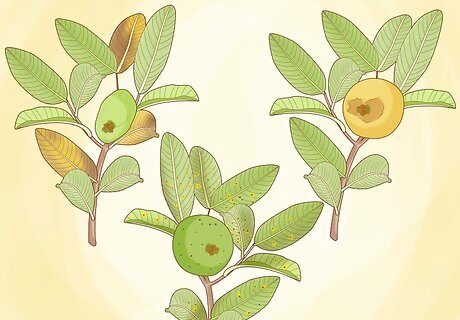
Check your tree for diseases. Common diseases to look out for are the Guava Wilt Disease, Stylar End Rot, and Anthracnose. Guava wilt disease symptoms include wilting and yellowing or bronzing of the leaves, noticeable sagging, and the premature shedding of fruits. There is no cure for this, but heavy doses of nitrogen after fruiting and protecting the roots from damage can stave it off. Stylar End Rot only affects the fruit of the tree, discoloring it to brown or black. Infected fruit cannot be saved, but a fungicidal spray can save the rest of your crop. Anthracnose causes young shoots to die rapidly while leaving the fruit and leaves attached. It also causes fruit and leaves to develop dark lesions. Like Stylar End Rot, this is a fungal infection and fruits not affected can be saved with a fungicidal spray.
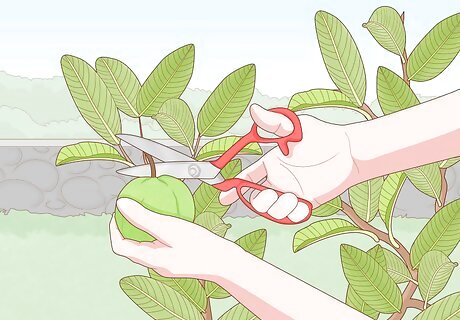
Pick your guava fruit. That's it, you've grown your guava tree. You'll know when your fruit is ripe and mature enough to pick by the change of both its color and texture. Color will change from green to yellow, and then the fruit will soften.















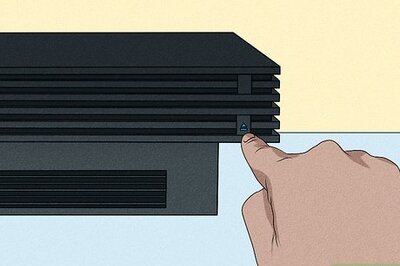


Comments
0 comment